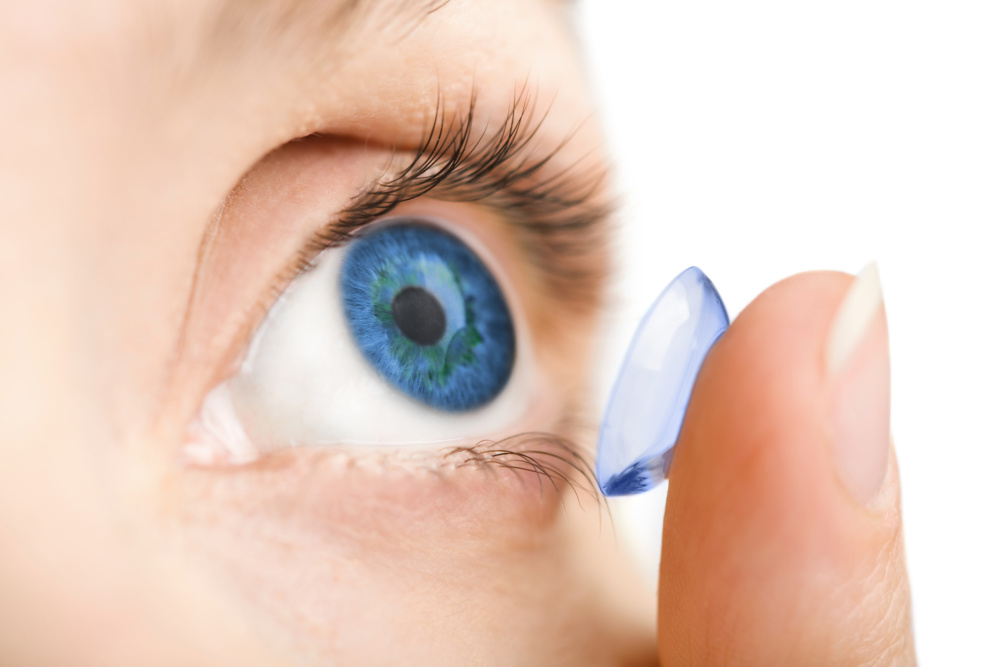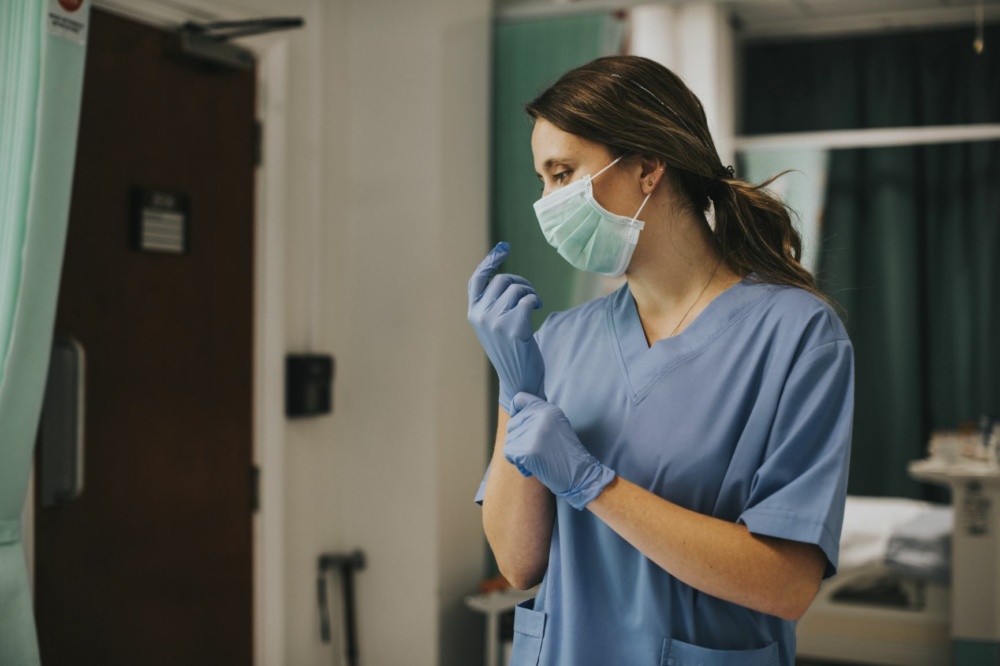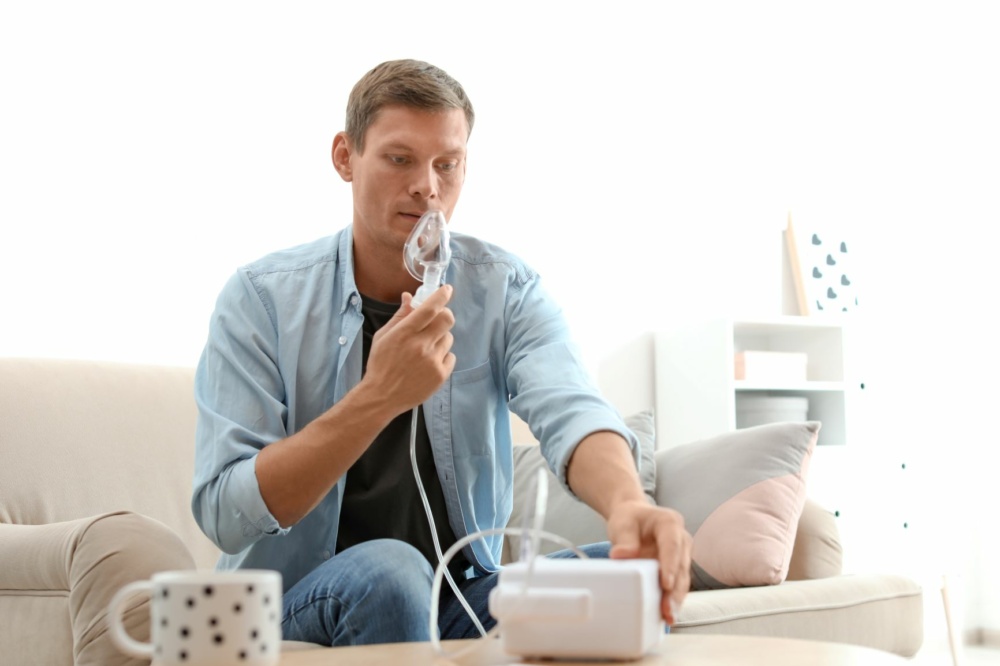From Wacky to Dangerous – Common Contact Lens Complications and How to Avoid Them
By: Mary Maloney
If you wear contact lenses, do reports of multiple contacts stuck in the eye or amoeba-born eye infections keep you up at night? More important, should they? According to the Centers for Disease Control and Prevention (CDC), a whopping 40.9 million people ages 18 and above wear contact lenses in the United States, which could explain why wacky contact lens stories always make the news.
Key-Whitman Eye Center’s Mesquite Optometrist Tara Hardin shares insights on contact lens complications and what steps you can take to wear contacts safely.
Some of the wacky, common and dangerous contact lens issues Dr. Hardin has seen include:
No. 1: Multiple contact lenses stuck in the eye.
Last year, eye surgeons found a mass of 27 contacts stuck in the eye of a 67-year-old British woman prior to her cataract surgery. An ophthalmologist involved in the case speculated that the woman’s deep-set eyes may have contributed to the incident, but 27 lenses? How does something like that happen?
According to Dr. Hardin, “I have treated patients with multiple lenses in their eyes, but the most I have seen in a patient is three – not anywhere near 27 lenses. This usually happens to people who occasionally sleep in their contacts – not every night. When morning comes, they forget they slept in their contacts and pop another lens in their eye. They come in with complaints that they can’t see, discomfort or both. We also see patients with soft lenses rolled up under the eyelid, which can be very uncomfortable.”
No. 2: Massive discomfort from accidentally putting lens cleaning solution into the eye.
One of the best ways to clean contact lenses is to use a hydrogen peroxide-based disinfecting solution, but you don’t want to get that stuff in your eyes – ever.
As Dr. Hardin explains, “Hydrogen peroxide-based solutions, like Clear Care, are typically better than multipurpose contact lens solutions, because they are preservative free and can completely disinfect the lenses. However, it takes a full six hours for the solution to completely neutralize, so if you take the lenses out of the solution early, you’re going to be in for a very bad and uncomfortable day. Don’t assume you can remove the lenses in 5 hours and 50 minutes and be OK. If you do accidentally get disinfecting solution in your eyes, flush your eyes with water and see your eye doctor as soon as possible.”
No. 3: Yucky eye parasites that cause serious eye infections.
Acanthamoeba are tiny, one-celled parasites commonly found in tap water, well water, hot tubs, soil, sewage systems and other bodies of water. When the parasites infect the cornea, the eye infection acanthamoeba keratitis results. This infection can be difficult to treat and may lead to blindness or the need for a corneal transplant.
The condition was initially discovered in 1973, and about 90 percent of those suffering from the infection were contact lens wearers. While rare, people can contract acanthamoeba keratitis from swimming or showering while wearing contacts. The amoebae live in water and thrive in unsanitary environments.
“Contact lens wearers are more at risk for this infection because the amoebae can fester and absorb into soft contact lenses, as well as contaminated, multipurpose contact lens solution. It’s hard to clean lenses 100 percent, and if you are topping off the solution instead of replacing it, rinsing contacts with tap water and not cleaning out the case every day, your risk is even higher,” Dr. Hardin says.
No. 4: Other dangerous eye infections and corneal ulcers.
“The most common types of contact lens complications we see are bacterial and fungal eye infections. Acanthamoeba keratitis and corneal ulcers are less common, but they happen more than you would expect. However, all of these conditions usually happen to people who are not compliant with proper contact lens wear and care,” Dr. Hardin says.
Along with not disinfecting contacts and lens cases daily, sleeping in contact lenses or wearing them longer than the recommended time frame could lead to eye infections, ulcers, and vision loss. Even if a contact lens is FDA approved to sleep in, it can inhibit oxygen from getting to the cornea, which is essential for eye health.
After one of Dr. Hardin’s patients experienced a horrific eye infection, the patient decided to ditch contact lenses for life and get LASIK surgery. As Dr. Hardin explains, “Even though the patient disposed of her contacts according to schedule, she experienced a typical bacterial ulcer after regularly sleeping in her contacts once or twice a week. While she slept, her cornea was deprived of oxygen. Plus, bacteria were hanging out in her dirty contacts and eyes all night long, which created the ideal environment for an eye infection to quickly go from festering to full blown. She never wanted to go through that again.”
No. 5: Triggering or worsening of dry eye and allergy symptoms.
Eye discomfort related to allergies and dryness are also common complaints Dr. Hardin hears from contact lens patients. Many people wear contacts comfortably for years, then certain lifestyle, work, environmental or medical changes increase dryness in the eyes, which make wearing contacts intolerable.
“Some systemic medications for high blood pressure and depression can increase dryness, and certain occupational factors – extensive computer work, working outdoors, etc. – make people contact lens intolerant due to dryness. I often encourage those patients to consider LASIK, especially if they also hate wearing glasses,” Dr. Hardin says.
Dr. Hardin’s Tips for Safe Contact Lens Wear and Happy Eyes
Wondering how you can continue to see safely and comfortably? Dr. Hardin shares her top tips below:
1). Don’t sleep in your contacts unless it’s absolutely necessary. (Dr. Hardin only supports the use of “sleep-in” contacts for people like firefighters or EMTs who need to be ready to go at a moment’s notice.)
2). Never wear contacts in the shower or during activities in and around water.
3). Never rinse contacts with tap water, and if you do get tap water on your contact lens, disinfect the lens or toss it out.
4). Wash your hands thoroughly before inserting or removing contacts.
5). Clean your contact case daily and replace old solution with fresh solution. Topping off old solution is a big no-no. “It’s like taking a bath in old bath water, and who wants to do that?” Dr. Hardin says.
6). Consider replacing multipurpose solution with a hydrogen peroxide lens cleaning solution.
7). If you accidentally get lens disinfectant in your eye, flush eyes with water and see an eye doctor ASAP.
8). Schedule a reminder in your calendar, phone or personal assistant to remind you when to replace old lenses with a fresh pair.
9). If you’re tired of hassling with contacts altogether, ask your eye doctor about vision correction surgery options like LASIK.
ABOUT DR. HARDIN:
Dr. Tara Hardin received her Bachelor of Science degree in biology from Texas Tech University. The Plano native went on to earn her Doctor of Optometry degree from the University of Houston College of Optometry, where she graduated with honors. Dr. Hardin is extensively trained in pre- and post-operative management of cataract and refractive surgery (LASIK and cataract surgery) patients and specializes in the diagnosis and treatment of eye diseases and conditions as well as the fitting of soft contact lenses. In her spare time, Dr. Hardin enjoys spending time with her husband and four children.







Recent Comments